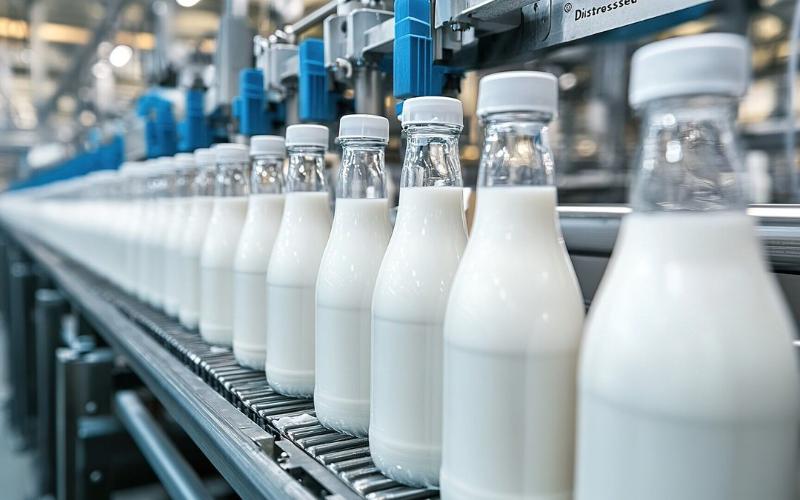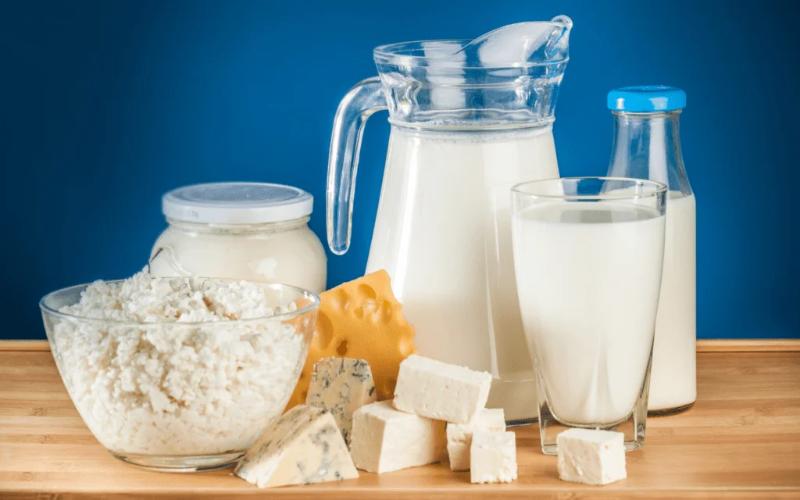Waikato Dairy Farmers Endure Season of Extreme Weather Challenges
Sourse: The DairyNews
The 2023-24 season has proven tumultuous for Waikato dairy farmers, as revealed by Mathew Zonderop, Federated Farmers dairy section chair, during the Waikato feds' annual meeting in Hamilton.

Zonderop described the season as having one of the wettest winters in recent memory, with weather conditions greatly affecting farming operations.
The intense and prolonged rainfall, much more than anticipated, led to fully saturated water tables by early June. This excessive wetness persisted with minimal relief until late October, forcing many farmers to shift their herds to once-a-day milking at peak times due to the challenging conditions.
Despite the disruptive start, the region experienced a fruitful summer. The anticipated El Nino pattern brought well-timed rainfalls, boosting maize growth, crop yields, and grass silage harvests significantly, marking a stark contrast to the previous decade of summer droughts in the area.
However, the season was not without its economic challenges. Zonderop noted an initial optimism around milk payouts, but declining Global Dairy Trade (GDT) prices soon dampened spirits. Rising costs and high interest rates, unfamiliar to many new farmers, necessitated stringent budgeting and cost-cutting measures. Relief came unexpectedly towards the end of the year when new markets in the Middle East, notably Algeria, began purchasing significant amounts of milk powder, aiding in a recovery of GDT prices and ultimately enhancing the farmgate milk price.
As the season concludes, Waikato farmers are now focusing on establishing new pastures, drying off herds, and welcoming heifers back to the farms, looking forward to a more stable and profitable future.
The intense and prolonged rainfall, much more than anticipated, led to fully saturated water tables by early June. This excessive wetness persisted with minimal relief until late October, forcing many farmers to shift their herds to once-a-day milking at peak times due to the challenging conditions.
Despite the disruptive start, the region experienced a fruitful summer. The anticipated El Nino pattern brought well-timed rainfalls, boosting maize growth, crop yields, and grass silage harvests significantly, marking a stark contrast to the previous decade of summer droughts in the area.
However, the season was not without its economic challenges. Zonderop noted an initial optimism around milk payouts, but declining Global Dairy Trade (GDT) prices soon dampened spirits. Rising costs and high interest rates, unfamiliar to many new farmers, necessitated stringent budgeting and cost-cutting measures. Relief came unexpectedly towards the end of the year when new markets in the Middle East, notably Algeria, began purchasing significant amounts of milk powder, aiding in a recovery of GDT prices and ultimately enhancing the farmgate milk price.
As the season concludes, Waikato farmers are now focusing on establishing new pastures, drying off herds, and welcoming heifers back to the farms, looking forward to a more stable and profitable future.













